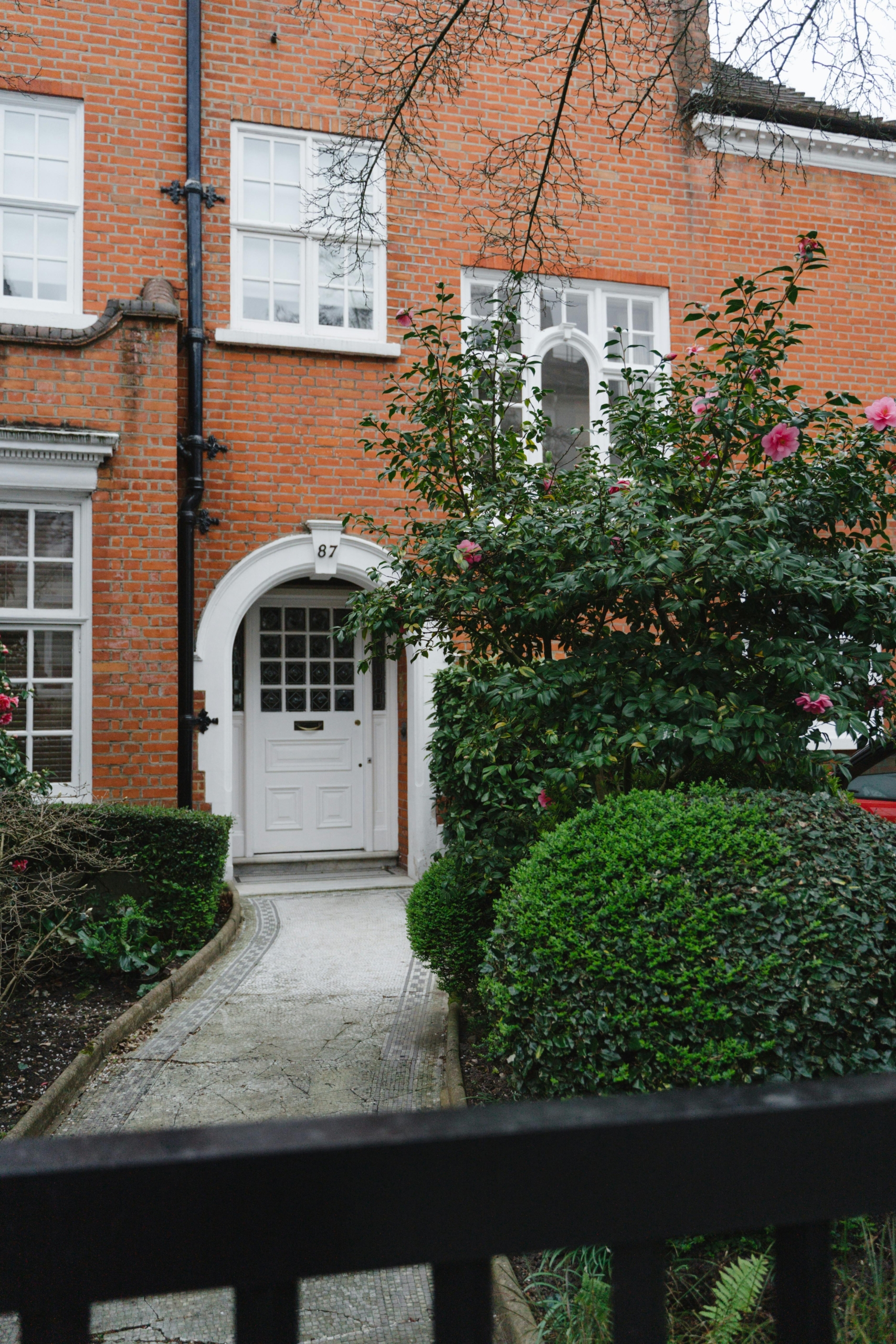Ever wondered if your home has a bit of historical charm? London is packed with period properties, and while “old” might sum it up for some, there’s a whole history behind those fancy facades. Knowing whether your property is Georgian, Victorian, or Edwardian isn’t just fun trivia, it can also help you understand its value and architectural quirks. Let’s dive into the key differences so you can finally settle the debate.
Georgian Properties (1714 – 1837)
Georgian architecture emerged during the reigns of King George I through IV. It’s known for its symmetrical designs, classical influences, and elegant proportions.
Key Features of Georgian Homes:
- Symmetry & Balance: Facades are typically balanced with evenly spaced sash windows.
- Brickwork: Often red or brown brick, sometimes covered with stucco in wealthier areas.
- Windows: Large, multi-paned sash windows with thin glazing bars. Windows on upper floors are usually smaller.
- Doors: Central front doors with decorative fanlights above and sometimes flanked by columns.
- Ceilings: High ceilings, especially on the ground floor.
How to Spot a Georgian Home: Look for grand townhouses with a uniform design, tall windows, and classical details like columns or pilasters. Many Georgian properties can be found in areas like Bloomsbury and Bath.
Victorian Properties (1837 – 1901)
The Victorian era, under Queen Victoria, was marked by rapid industrial growth and a love for elaborate architectural styles. These homes are more ornate than their Georgian predecessors.
Key Features of Victorian Homes:
- Asymmetry: Less symmetrical facades with bay windows and off-center entrances.
- Brickwork: Decorative brick patterns and contrasting stone accents.
- Windows: Taller sash windows, often with a single pane or fewer glazing bars.
- Doors: Stained glass panels and ornate ironmongery.
- Interiors: Decorative plasterwork, tiled hallways, and fireplaces in most rooms.
How to Spot a Victorian Home: Victorian houses often have pointed gables, bay windows, and detailed brickwork. Look for stained-glass front doors and intricate interior mouldings. London areas like Clapham and Islington have many classic Victorian homes.
Edwardian Properties (1901 – 1914)
The Edwardian period, named after King Edward VII, embraced more spacious, light-filled designs compared to the denser Victorian homes.
Key Features of Edwardian Homes:
- Larger Layouts: Wider, more open properties with larger gardens.
- Windows: Big bay or sash windows, often with stained-glass upper sections.
- Brickwork: Red brick with decorative wooden porches.
- Interiors: Simpler plasterwork, picture rails, and wider hallways.
- Rooflines: Lower-pitched roofs with gables.
How to Spot an Edwardian Home: Edwardian homes are often found in garden suburbs. Look for red-brick facades, generous front gardens, and bay windows. Areas like Hampstead and Muswell Hill are known for Edwardian architecture.
Why Does It Matter?
Beyond bragging rights, knowing your home’s era can influence renovation choices and property value. Georgian and Victorian homes tend to command higher prices due to their craftsmanship and charm, while Edwardian homes offer more modern layouts and space.
Tip: If you’re unsure, local archives or a historic property surveyor can help pinpoint your home’s origins.
Final Thoughts
Each era brings its own charm, the symmetry of a Georgian townhouse, the ornate details of a Victorian terrace, or the airy elegance of an Edwardian villa. Identifying your property’s heritage allows you to maintain its beauty while making it your slice of history.



